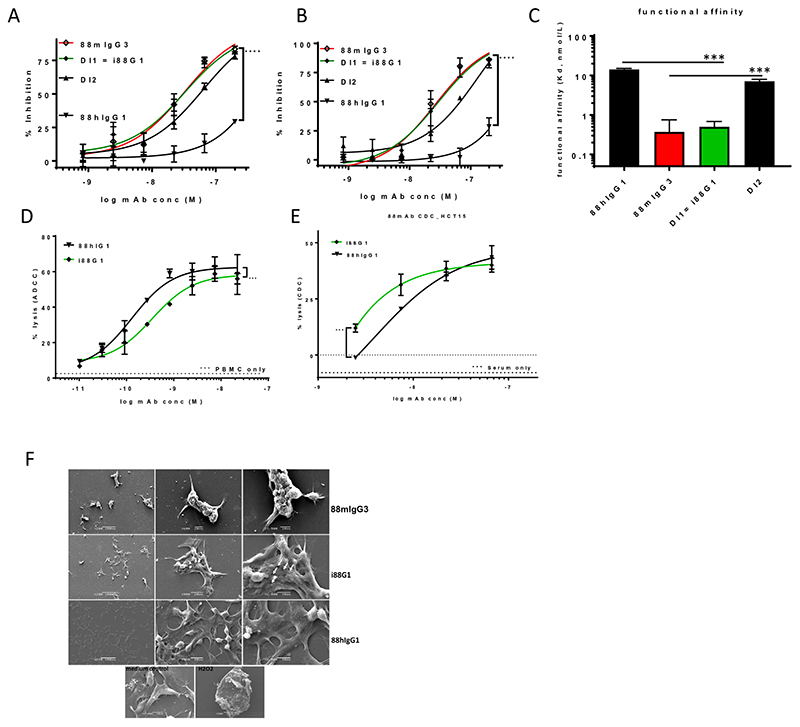Figure 5. i88G1 with direct cytotoxicity and enhanced avidity, whilst maintaining immune effector functions, exhibits pore forming ability.
Reversion to human sequence of three residues in IEDB-predicted MHCII binding cluster 1 (Supplementary Fig. 2) created the lead candidate i88G1 (DI1). Significantly increased proliferation inhibition on HCT15 (A) and COLO205 (B) by i88G1 compared to 88hIgG1, now matching 88mIgG3 activity. Significance deduced from two-way ANOVA. DI2 displayed a consistent reduction in cytotoxicity compared to DI1 (A and B). Significantly increased avidity (SPR) by i88G1 compared to 88hIgG1, significantly decreased avidity by DI2 compared to 88mIgG3 (C), one-way ANOVA with Dunnett’s corrections for multiple comparisons. Significantly reduced, yet remaining subnanomolar, ADCC (COLO205, D) as well as, significantly improved CDC (HCT15, E) activity by i88G1 compared to 88hIgG1 (two-way ANOVA). Evidence of cellular detachment, aggregation and pore formation (white arrows point to irregular pores) by i88G1 on HCT15 (F).

